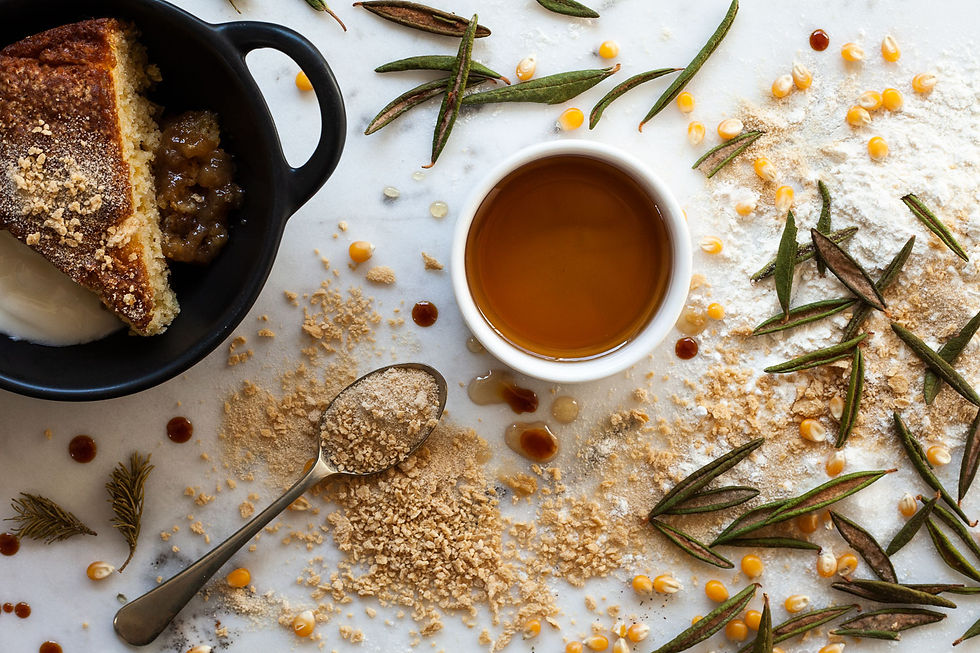Allow me to introduce the cultural aspects that strongly inspire Snowy Foodie.

The Québec province, where I am from, and the Snowy Valleys region of New South Wales, where I now live, are featured on this blog. This whole project idea started in my first year as an expat, and creating a family recipe book was at first a project to remedy homesickness. The idea kept evolving as I was entering the slow food world (without even knowing this was considered a movement). For years, I've worked hard from home, experimenting and learning like a sponge about food photography, styling, growing and cooking. In 2020, following a bushfire evacuation and a pandemic lockdown, I felt more confident to share my work online and keep progressing. Some of the articles and recipes might sometimes be more addressed to Aussies and other subjects to Canadians, but that’s not a bad thing! Some posts could also catch the attention of a worldwide audience expatriated for love in another country. Please note that the observations and comments on this blog are based on my personal experiences and focused on the diet and terroir of the regions of these featured places. The Québec province and the Snowy Valleys region are located in or by the mountains, inland, with lakes and creeks in a climate with four distinct seasons.

Actually knowing what Canadian and Australian cuisine is, that's a good start. The answer to that on each part is quite complex. I will elaborate such details as this blog continues over time, as it has much to cover. In summary, both cultures feature traditional dishes that have evolved from their colonial past, then everything exploded with international influences. Only recently, going back to local eating and native foods has been a fashionable thing. Canada and Australia have a very sensitive subject in common, considering their histories of colonization. It has taken a lot of time to recognize the knowledge of the indigenous cultures in gastronomy (and other matters) and there is still so much more that could be done. Both boreal forest foods and bush tucker are celebrated in gourmet and touristic gastronomy, but still not so much in the conventional home kitchen. All the nutritional, taste and heritage values in indigenous food deserve attention. I encourage you to discover the flavours from the wild by supporting indigenous food shops online, attending a wild foraging workshop with an expert, creating an edible native garden and finding recipe books on the subject. We have grown in woodlands or bushes that fed and cured the first residents, but for generations, we were not taught much about it. To know what is our cultural cuisine, it is important to go back to look at nature and history.

By learning the basics of traditional food, substituting ingredients and adapting in different ways, I feel closer to my French Canadian roots and finding new challenges in my Australian country life. From the boreal to the austral hemisphere, the seasons are upside down, and so is the time of day. I’m floating between two worlds, and blogging helps me appreciate this unusual situation. I am learning so much from the experience and thought it'd be a shame to keep all these beautiful discoveries to myself. As I grew up in a rural region and lived my young adult life in the Montreal metropolis, I have kept an open mind to diverse types of cuisines from humble traditional dishes to modern trends. The relaxed Aussie attitude showed me that there is no need to fuss with everything. There are many things I miss from home, and there are many things I appreciate better in this new home. I’ll do my best to represent the best of both places and hope you'll enjoy this blog!
